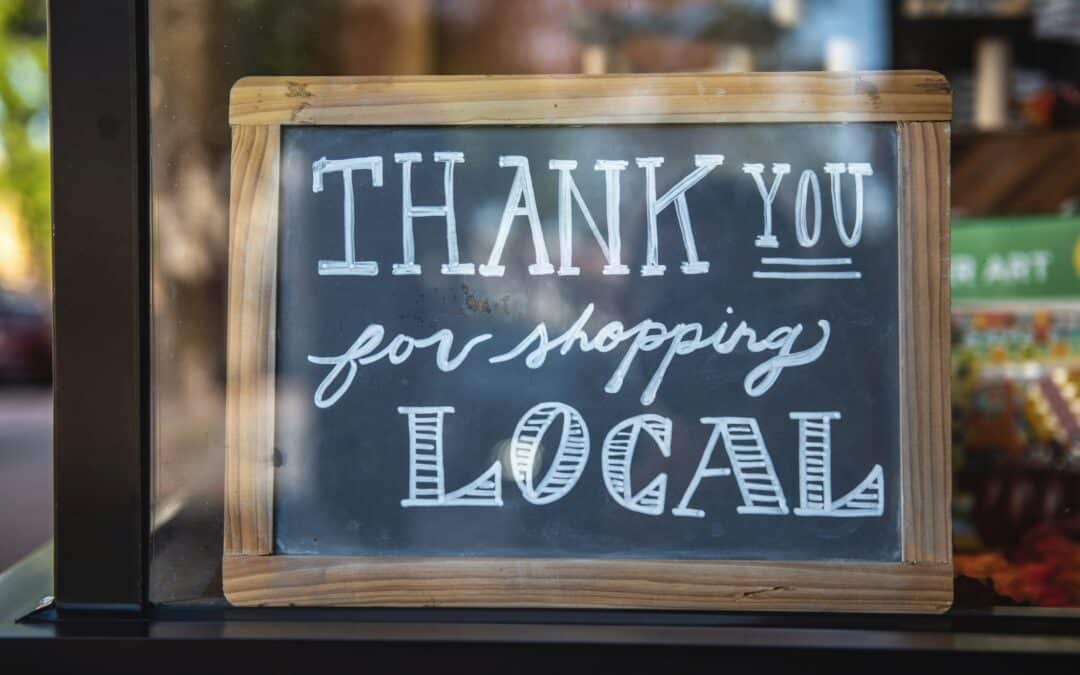In a recent social media post, Mark Zuckerberg, CEO of Meta, shared his candid thoughts on the Apple Vision Pro compared to the Meta Quest 3, sparking conversations far beyond just the tech specs of virtual reality headsets.
His straightforward, unfiltered comparison not only highlighted the competitive edge of the Quest but also unveiled a deeper insight into the evolving landscape of advertising and video marketing.
Zuckerberg’s approach, reminiscent of a casual conversation with a friend rather than a high-stakes marketing spiel, aligns closely with a growing trend in advertising: authenticity is king. This sentiment was echoed in Kanye West’s Super Bowl ad, where a simple 30-second selfie video, costing $7 million, resulted in $19 million in product sales within 24 hours.
Both examples serve as potent illustrations of a significant shift in consumer preferences — from polished, high-budget ads to genuine, relatable content.
The Power of Authenticity
The essence of Zuckerberg’s and Kanye’s success lies in the authenticity of their presentations. In an era dominated by digital noise, consumers crave real connections. They are drawn to brands that speak to them on a personal level, brands that feel less like distant corporations and more like friends sharing a moment in the living room.
This shift towards authenticity represents an opportunity for marketers to rethink their strategies, focusing on creating content that resonates on a personal level.
Video Marketing in the Spotlight
Video marketing stands at the forefront of this shift. Its dynamic nature allows brands to tell their stories in a way that is not just heard but felt, offering a canvas for authenticity to shine. Videos that capture raw, unfiltered moments tend to perform better in terms of engagement and conversion. They reflect the human side of brands, breaking down the barriers that traditional advertising methods often erect.
"Less High Budget, More Living Room"
The concept of “more living room, less high budget” in advertising underscores the importance of simplicity and genuineness. High production values and elaborate setups are no longer prerequisites for impactful ads. Instead, the focus should be on content that engages audiences through storytelling, relatability, and the genuine sharing of experiences.
This approach does not mean that quality is to be compromised. Rather, it’s about redefining what quality means in the context of video marketing. Quality is found in the authenticity of the message, the relatability of the content, and the ability of a video to forge a connection with its audience.
Authentic Video Marketing Strategies
1. Embrace User-Generated Content: Encourage your customers to share their experiences with your brand. User-generated content not only adds authenticity to your marketing efforts but also builds trust among potential customers.
2. Tell Real Stories: Share behind-the-scenes glimpses, customer stories, or the journey of your products from conception to market. Authentic stories captivate audiences and foster a deeper connection with your brand.
3. Engage in Conversational Marketing: Use video to engage with your audience in a conversational tone. Address their needs, answer their questions, and show them the people behind the brand.
4. Leverage Influencers Wisely: Partner with influencers who resonate with your brand values and have a genuine appreciation for your products. Authentic endorsements are far more effective than scripted promotions.
5. Focus on Value, Not Just Production: While maintaining a level of professionalism, focus on delivering value through your content. Teach, entertain, and inspire your audience, rather than just selling to them.
The Future of Advertising
As we look to the future, it’s clear that the path forward for video marketing and advertising is paved with authenticity. The success of marketers and brands will increasingly depend on their ability to communicate in a way that is genuine, engaging, and relatable. This doesn’t necessarily require cutting-edge technology or exorbitant budgets but rather a commitment to understanding and connecting with audiences on a human level.
Zuckerberg’s candid review and Kanye’s Super Bowl selfie are more than just anecdotes; they are harbingers of a broader trend in consumer preferences. They demonstrate that when it comes to making an impact, the most powerful tool isn’t the budget — it’s authenticity. As we move forward, the brands that recognize and embrace this shift will not only thrive but also forge deeper, more meaningful connections with their audiences.



